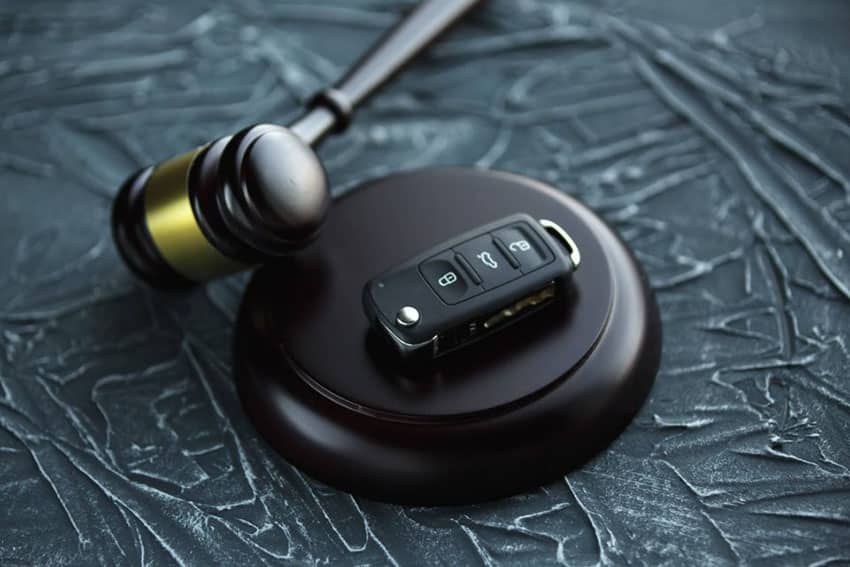What if an ignition interlock were installed on every car? The National Highway Transportation Safety Administration (NHTSA) has just unveiled new technology designed to eliminate drunk driving once and for all. Through advanced breath and touch-based sensors that would read a driver’s blood alcohol concentration (BAC) before the car is started.
But is the recommendation that all cars should come pre-installed with alcohol detection technology be misguided? The alcohol sensor detection for drivers in vehicles would assess the driver’s blood-alcohol level using breath-based and touch-based sensors and if it is over the legal limit. But, many groups against this technology believe that that the sensor would be set at a much lower limit than the legal limit of 0.08 because one’s blood alcohol level will continue to rise and can potentially cross the legal threshold while you were driving. This would then result in climbing levels well beyond the legal limit.

Should that driver then get into an automobile accident, manufacturers of the technology and car companies could both be held legally liable in civil cases, at the very least.
As the federal government uses our tax dollars to further develop this interlocker technology, automobile manufacturers are already funding the campaign for universal interlocks by partnering with MADD and NHTSA and putting millions toward the research and development of the universal interlock technology. NHTSA says these alcohol detection devices could be ready for commercial use in just five years. Many believe that the $5 million in funding over two years should have been stripped from the bill because it uses taxpayers’ dollars to fund something they’re not going to want in their cars anyway. And car buyers will be nonplussed to find out that these devices could add $400 to the cost of each new vehicle.
For more on this story: Click here
As technology changes, we remain dedicated to advocating for our clients. If you or someone you know has been charged with a DWI, contact us today.
The exclusive purpose of this article is educational and it is not intended as either legal advice or a general solution to any specific legal problem.










